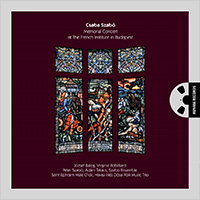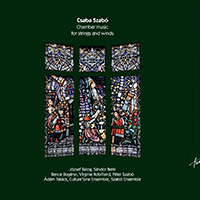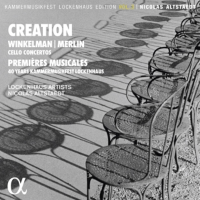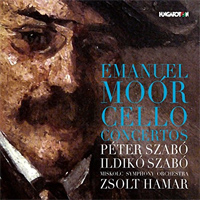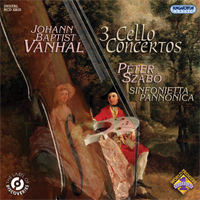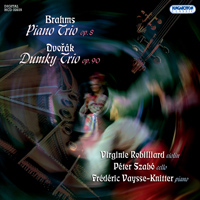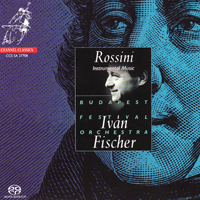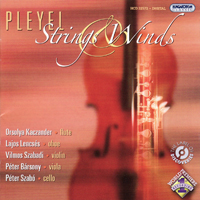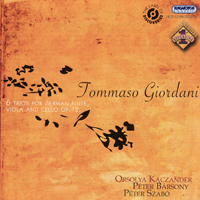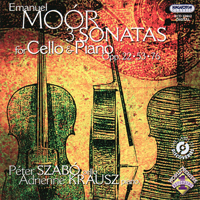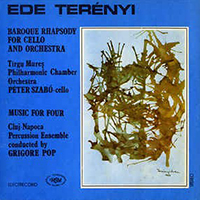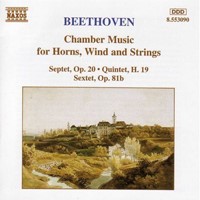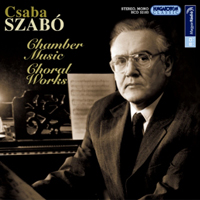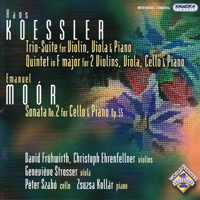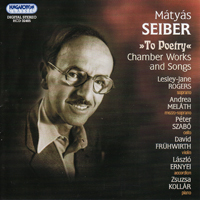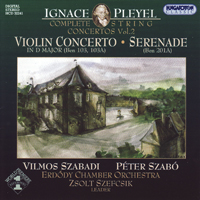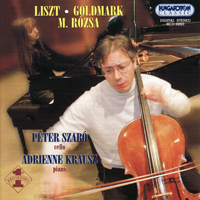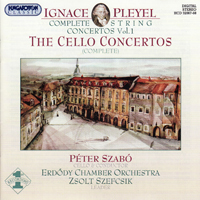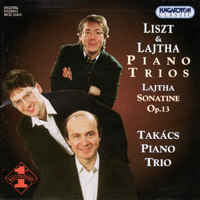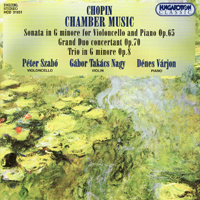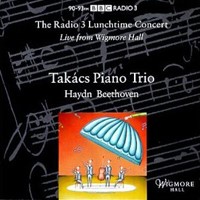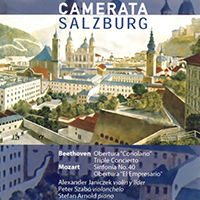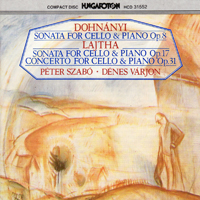PARLANDO - JOURNAL OF MUSIC PEDAGOGY
Hungary is in the top rank as regards the development of cello performance. Indeed, Joseph Haydn’s activities as a composer here in Hungary and especially the six cello concerts were the introduction of the instrument into the modern repertoire.
In the second part of the previous century Dávid Popper, one of the greatest virtuoso talents and professors of the cello worked in the Academy of Music in Budapest. Excellent students were nurtured by him, like Arnold Földesy and Jenő Kerpely. The cello was an instrument that represented the highest level of chamber music performance in the first quarter of the century. No wonder that in bourgeois families, where the father played the cello at a professional level such as with Dohnányi, the musically gifted child could be introduced to the fine-toned instrument at a very early age.
When the 22-year-old Ernő Dohnányi obsessed with the piano composes a cello-piano sonata, it turns out to be a surprisingly mature and grandiose work. He creates the delicate sound balance of the cello and piano without any difficulties – and this way he can focus all his creative attention on form and atmosphere. The tragic, serious toned piece reached a very advanced form which is based on a particular variation technique. Dohnányi artistically evoked the layer of cultural society that still existed at the turn of the century. His music reflects a refined, exquisite taste. His emotional and intellectual worlds have their roots in the romanticism of the previous century and sparkle with its late, autumn colours. It refrains then from joining the struggles of the avant-garde or daring experiment; the works remain within the classical frames and enclosed unity. The influence of Brahms’s compositional credo is indisputable but Dohnányi was a significant enough composer not to simply take over the great German master’s art.
An artist with such characteristics must be on firm ground especially in chamber music. Dohnányi is one of the greatest – if not the prime – masters of European chamber music from the turn of the century.
The recording has a major role in giving public access again to his chamber music pieces The recently released B major cello-piano sonata Op.8 introduces us Dohnányi at the peak of his career.
A younger member of the turn of the century generation was László Lajtha. Due to his deep interest in the area of folk music, he spent a long time studying with Kodály and Bartók. As a composer, he deliberately turned away from the polished forms of classicism and romanticism but he did not accept as evidence the musical phraseology built wholly on folk elements either. He felt the baroque instrument playing closest to his spirit and he drew inspiration from the French music of the turn of the century for creating his own language of expression. Both the cello-piano sonata Op.17 composed in 1932 and the Concerto for Cello and PianoOp. 31 from 1940 demonstrate this. Both pieces seem like an enthusiastic speech noted down in tunes –as opposed to noble melodies typical of Dohnányi. Lajtha was also a neglected composer of the Hungarian music of the turn of the century and it is high time that he took his deserved place in our musical culture.
The two pieces were released on one CD with the interpretation of two promising young talents. Péter Szabó was born in Marosvásárhely and settled down in Budapest in 1988 already internationally acknowledged. His skills as a cellist have been demonstrated on various albums and he has been awarded numerous prizes. Dénes Várjon was born in Budapest and he is also holder of several music prizes and a regular performer at successful foreign concerts. At present he teaches at the Music Academy in Budapest. (Hungaroton Classic HCD 31552)
Gábor Oldal
Translation by Susan Kapás
PARLANDO - JOURNAL OF MUSIC PEDAGOGY
1994


